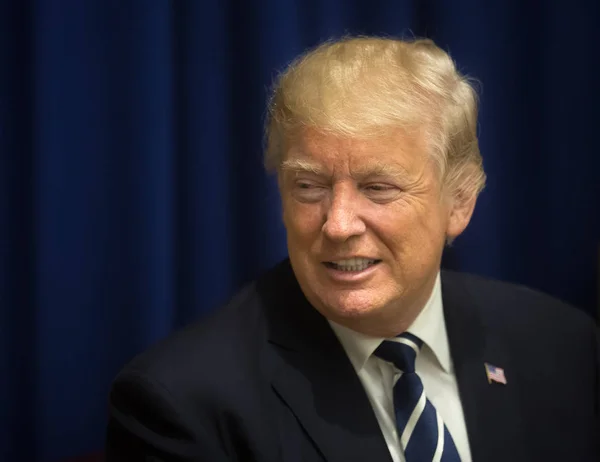
What does it take for a president to reverse course on one of the most politicized appointments in space policy? In Washington this week, that is the question at the heart of President Donald Trump’s decision to renominate billionaire commercial astronaut Jared Isaacman as NASA administrator-five months after withdrawing the same nomination amid a public feud with Elon Musk.

1. A Nomination Pulled, Then Restored
Isaacman is a private astronaut and Shift4 Payments founder who was previously nominated in 2025, only to see his confirmation derailed in May. Trump cited a “thorough review of prior associations,” which many took as referring to Isaacman’s close relationship to Musk and SpaceX. The renomination represents a reversal for Trump just months after a political recalibration between the former president and Musk following clashes over his “big, beautiful bill” spending package. Announcing his renomination, Trump hailed Isaacman’s “passion for Space, astronaut experience and dedication to push the boundaries of exploration.”
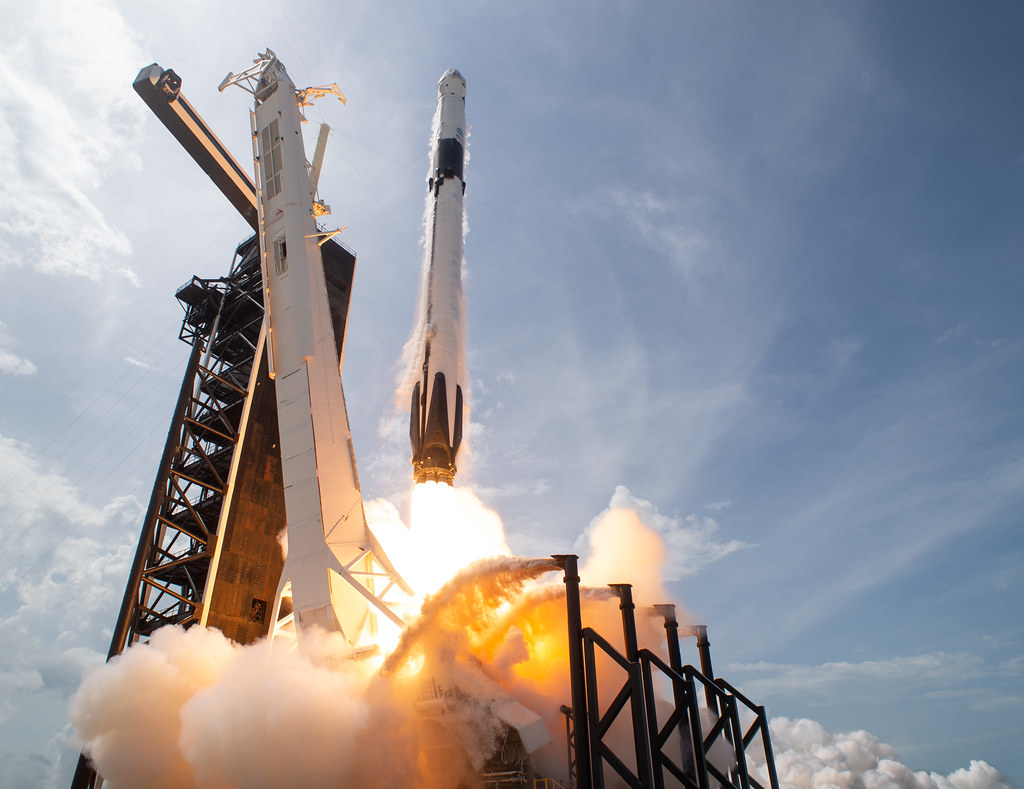
2. Qualifications of Isaacman in Commercial Spaceflight
Isaacman’s is a unique background for a NASA leader Before his appointment, in 2021 he financed and led Inspiration4-the first all-civilian orbital mission-in cooperation with SpaceX. This was before he became the first non-professional astronaut to conduct a spacewalk. His participation in those missions underlines how deeply embedded he is within the commercial space industry, which now accounts for an increasing share of NASA’s launch and payload activities. SpaceX itself conducted more than half of U.S. orbital launches last year, a demonstration of how the private sector maintains American spaceflight capacity.
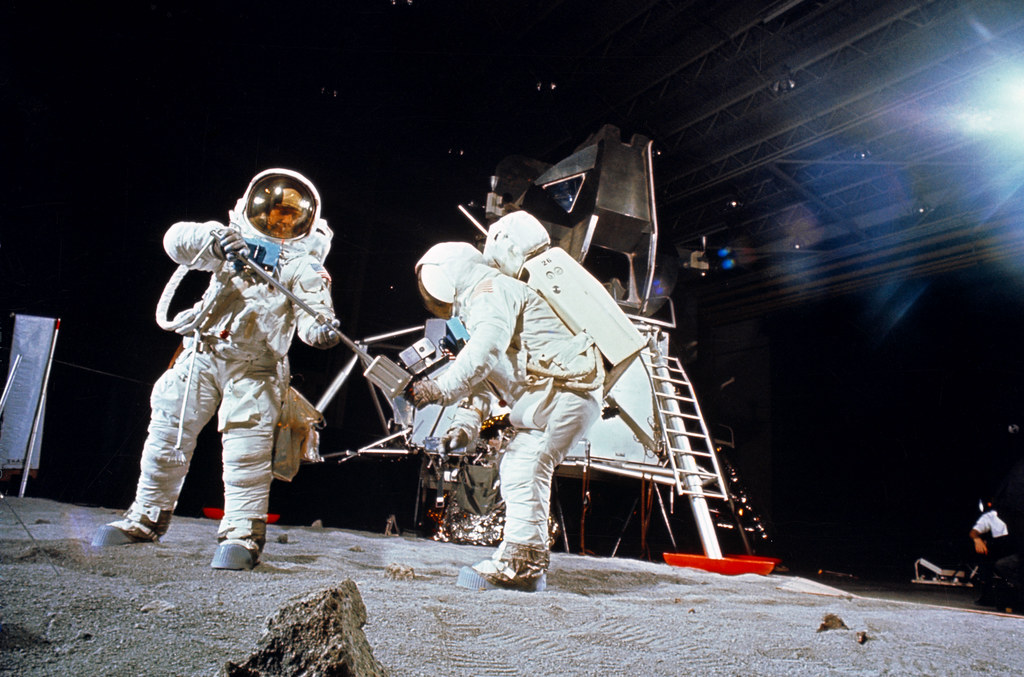
3. Athena Plan & Agency Overhaul
Central to Isaacman’s vision is the leaked “Athena” document, a 62-page roadmap to “reorganize and reenergize NASA, focus the agency on American leadership in space, unlock the orbital economy, and accelerate world-changing discoveries.” Plans include consolidating mission control at the Johnson Space Center, reviewing the relevance of each NASA center, and shifting climate science work to academia. The plan also would end funding for the Gateway lunar station and the Space Launch System after two more Artemis missions, in line with priorities outlined in Trump’s FY2026 budget. Critics say that could disrupt scientific programs and threaten the interests of legacy contractors.

4. Political Rivalry Inside of NASA
Isaacman’s comeback pits him against acting administrator Sean Duffy, the Transportation Secretary who has led NASA since July. Duffy has publicly skewered delays by SpaceX on the Starship lunar lander, while courting rival contractors such as Blue Origin. People familiar with the matter say Duffy may fold NASA into the Department of Transportation-a move that would keep the agency under his portfolio. Musk’s scathing rebuke-calling Duffy “Sean Dummy”-speaks to the high stakes for NASA’s commercial partnerships.
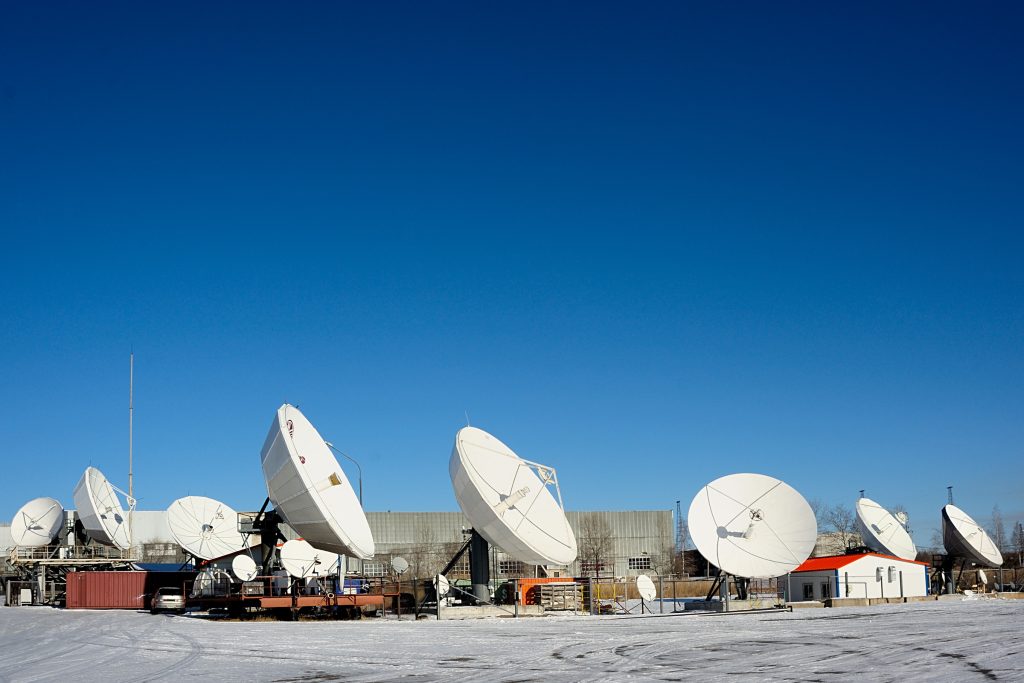
5. NASA’s Place within the Orbital Economy
The Athena plan’s focus on the orbital economy comes as part of broader federal initiatives to quicken the pace at which commercial space is being developed. Powered by satellite-enabled services, and emerging markets such as in-orbit manufacturing, the global space economy may surge from $630 billion in 2023 to $1.8 trillion by 2035. Isaacman’s plans to purchase data from private satellites rather than launching NASA’s own could save the agency money, but make it more reliant on commercial operators-a situation raising a host of questions about governance and resilience.
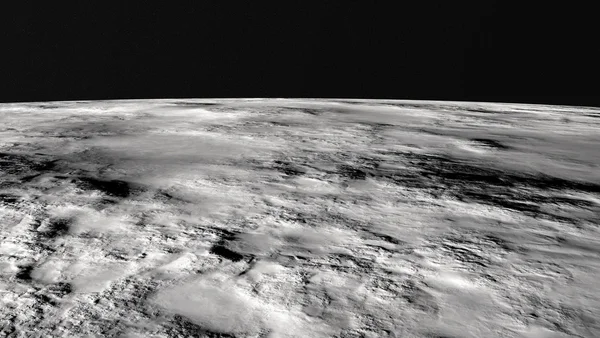
6. Strategic Competition with China
NASA’s leadership fight comes as part of an increasingly heated space race with China. Beijing intends to send a crewed mission to the Moon by 2030 and has launched the Tiangong space station with the goal of establishing a permanent base on the lunar surface. The U.S., meanwhile is working to return astronauts to the Moon by 2027 under the Artemis program-which largely survived proposed cuts of 24% agency-wide. New NASA restrictions barring Chinese nationals from agency programs underlines the security element of the competition-with officials warning about areas that might be declared “keep-out zones” on the Moon’s surface.
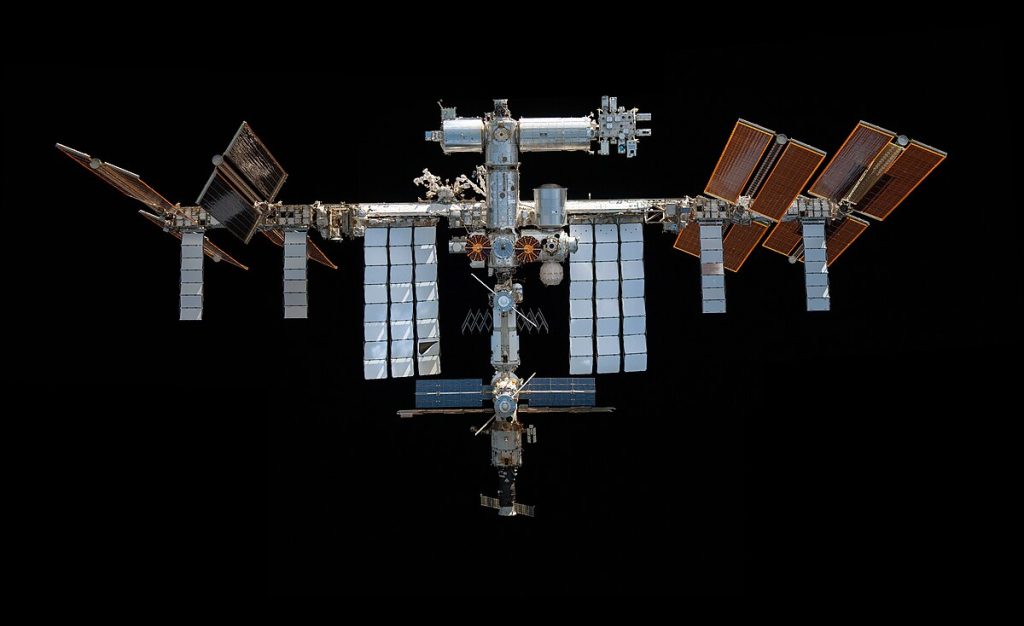
7. Legislative and Policy Context:
Running parallel to the drama over the nomination, Congress is advancing the bipartisan LAUNCH Act, which streamlines commercial launch licensing and remote-sensing regulations. Supporters say the reforms are needed to keep pace with China’s rapid advances, which a recent industry report said were “living its Apollo, ISS and commercial space eras all at once.” The act builds on an August executive order by Trump aimed at easing regulatory obstacles to spaceport infrastructure, further cementing the administration’s commitment to commercial space development.

8. The Risks and Opportunities Ahead:
Isaacman’s businesslike outlook has the potential to fast-track an integration between NASA and private industry in the same way fixed-price contracts and public-private partnerships have driven down launch costs and opened new markets. Yet there are clear operational risks on the agency’s doorstep overdependence on SpaceX for crew transport, underutilized public research platforms and vulnerable launch infrastructure.

How to balance commercial efficiency with scientific breadth and strategic autonomy will be a central challenge facing the next administrator. The renomination sets the stage for a Senate confirmation fight in a chamber where Republicans hold a narrow majority. For NASA, the outcome will shape not only its internal structure but also America’s posture in the global contest for space leadership a contest where political alliances, commercial innovation and national strategy are now inseparably linked.

